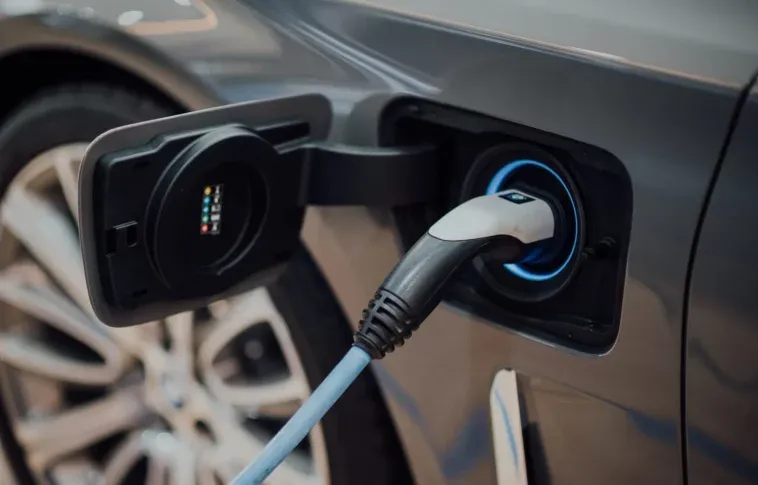(Study Finds)Leaving your electric car charging overnight to have it ready in the morning seems like a good idea in theory. But in reality, research suggests doing so does more harm in the long run. Stanford scientists say that it costs more to charge your electric car at night and it could stress out your local electric grid.
Instead, researchers suggest drivers should switch to charging their vehicle at work or in public charging stations. Another added benefit to charging in the daytime at a public station is that it reduces greenhouse gas emissions.
With the effects of climate change more apparent than ever—frequent forest fires, widespread flooding, and stronger hurricanes—car companies are expecting people to start investing in electric-powered cars in the future. For example, California residents are expected to buy more electric cars as the state is planning to ban sales of gasoline-powered cars and light trucks in 2035.
“We encourage policymakers to consider utility rates that encourage day charging and incentivize investment in charging infrastructure to shift drivers from home to work for charging,” says study’s co-senior author, Ram Rajagopal, an associate professor of civil and environmental engineering at Stanford University, in a statement..
So far, electric cars make up one million or 6% of automobile sales in California. The state’s goal is to increase that number to five million electric vehicles by 2030. However, the study authors say that the change from gas to electric will cause a strain in the electric grid when there’s 30% too 40% of cars on the road.
“We were able to show that with less home charging and more daytime charging, the Western U.S. would need less generating capacity and storage, and it would not waste as much solar and wind power,” explains Siobhan Powell, a doctor of mechanical engineering and lead study author. “And it’s not just California and Western states. All states may need to rethink electricity pricing structures as their EV charging needs increase and their grid changes.”
If half of vehicles in the western United States are electric, the team estimates it would take over 5.4 gigawatts of energy storage—equivalent to five large nuclear power reactors—to charge the cars. However, if people charged their electric carsat work instead of home, the electric demand is expected to go down to 4.2 gigawatts.






